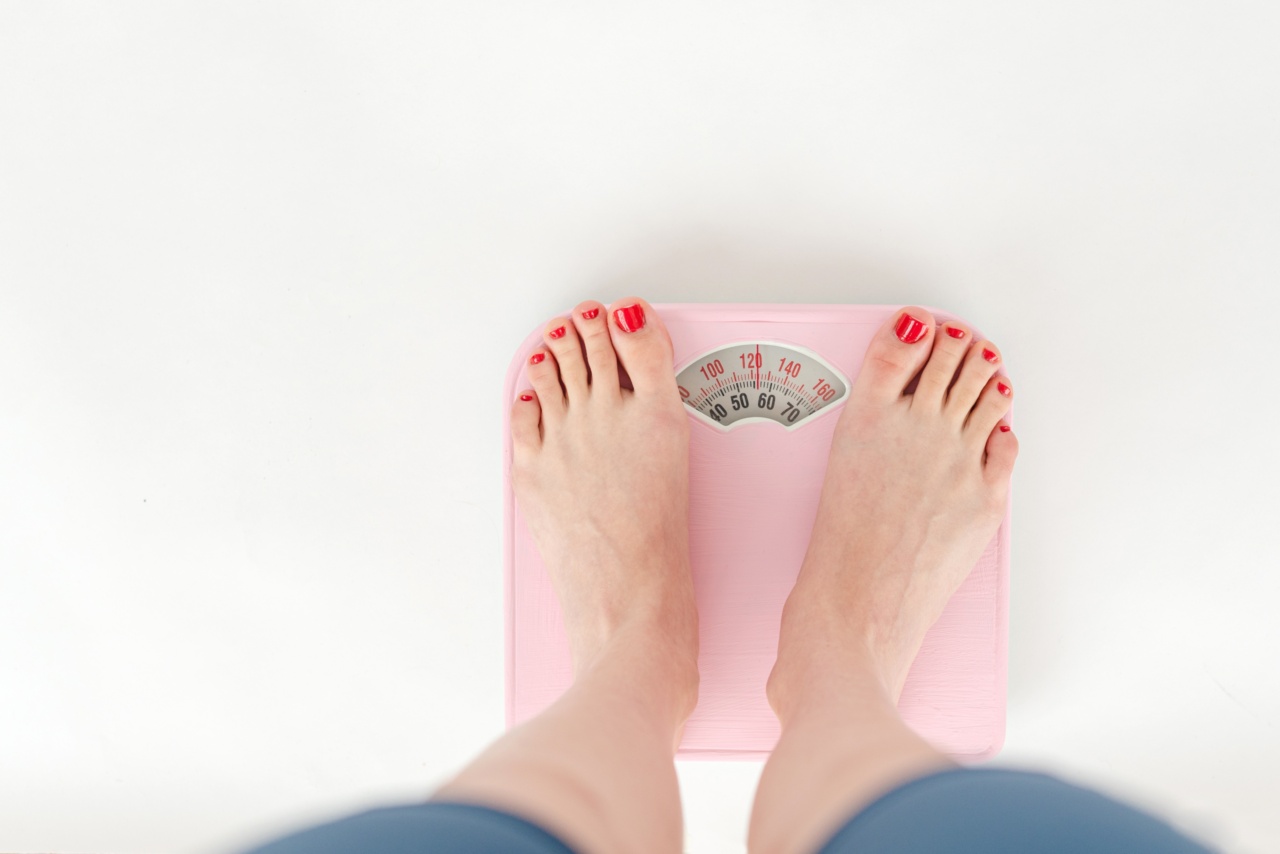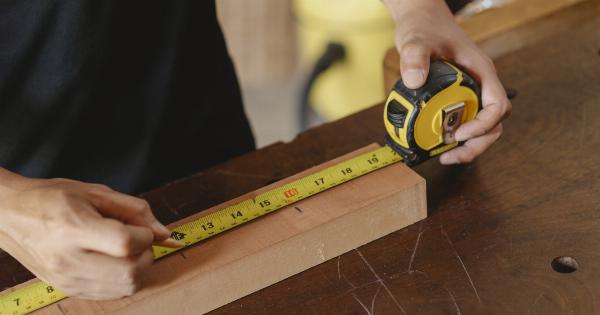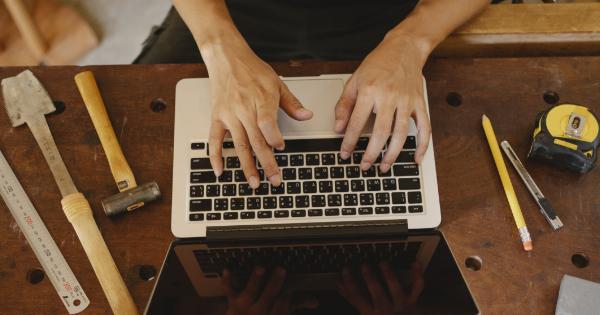Countless recipes and DIY projects call for precise measurements. The difference between a tablespoon and a teaspoon can be the difference between success and failure in the kitchen.
Similarly, carpentry projects require exact measurements to function correctly.
If accuracy is crucial for your project, follow these four scaling tips to ensure that you get the precise measurements that you need.
1. Use a Ruler or Tape Measure
One of the most common tools for measuring length is a ruler or tape measure. They’re simple to use and easy to find in most hardware or craft stores.
When measuring with a ruler or tape measure, be sure to line up the beginning of the ruler or tape measure with the edge of the object you’re measuring. Then, read the measurement on the ruler or tape measure to determine the length.
It’s essential to use a ruler or tape measure that has clear markings and is easy to read to guarantee that you get an accurate measurement.
2. Use a Caliper
If you need even more precision than you can get with a ruler or tape measure, you might consider using a caliper. Digital calipers are ideal for measuring lengths down to thousandths of an inch.
They have jaws that can close around the object you’re measuring and then display the result on a digital readout.
Using a caliper takes a bit more time and expertise than a ruler or tape measure, but it’s worth it if your project’s accuracy is essential.
3. Use a Kitchen Scale
If you’re cooking or baking, weight can be just as important as measurement. In these cases, using a kitchen scale can ensure that you’re getting the precise amount of ingredients that you need.
When using a kitchen scale, place the item you’re measuring on the scale and read the digital display. Be sure to zero out the scale before placing anything on it to ensure that you get an accurate measurement.
4. Use a Liquid Measuring Cup
When measuring liquids, such as water or oil, it’s best to use a liquid measuring cup. Liquid measuring cups have brims that allow you to pour the liquid to just the right level.
They also have clear markings that make it easy to read the measurement.
When measuring liquids, place the measuring cup on a flat surface and fill it to the desired level. Be sure to measure liquids at eye level to ensure that you get the most accurate reading.
Conclusion
Getting the precise measurements you need for your project is crucial for its success. Whether you’re working with wood or baking a cake, these four scaling tips can help you achieve accurate results.































